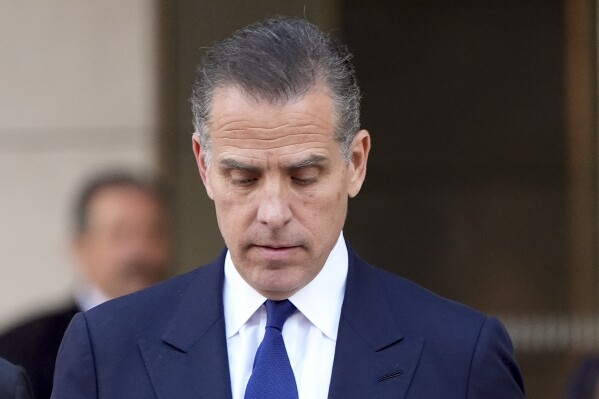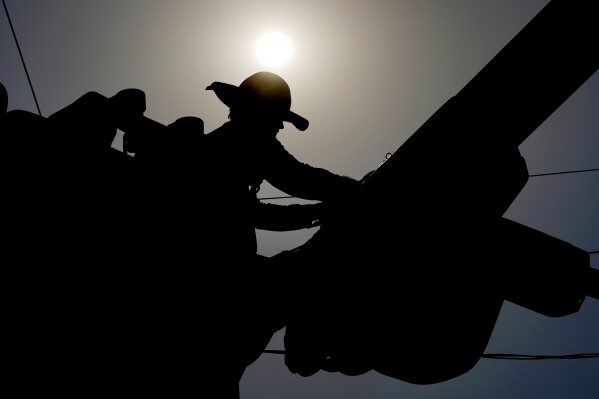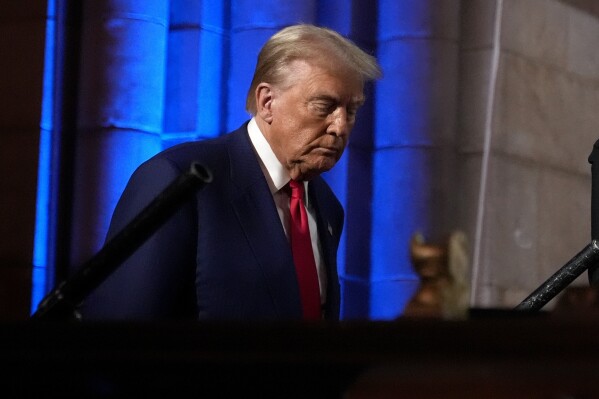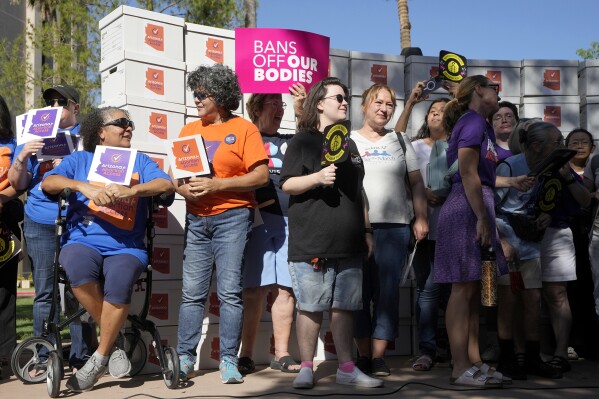With four MPs and 7 per cent of the vote, the Green Party scored a record performance in July’s general election – and as the party begins its England and Wales conference in Manchester, there is much for it to look forward to.
There is no reason why they cannot make further progress in the months and years ahead, but there are also some difficult challenges as the Greens grow and mature…
How strong are the Greens now?
They are certainly no longer “fringe”. Between 1997 and this year they subsisted on one MP at Westminster, the indomitable Caroline Lucas, who also served as party leader on and off for the past couple of decades. She stepped down in Brighton Pavillion and Sian Berry, long-term Green activist and London Assembly member, easily saw off a Labour challenge to hold the constituency with 55 per cent of the vote.
She is now joined in parliament by the party’s current leaders, Adrian Ramsay (Waveney Valley, formerly a Conservative seat), Carla Denyer (Bristol Central) and Ellie Chowns (North Herefordshire, also taken from the Tories). Until recently, the party was also in a coalition government in Scotland, and it can boast two members of the House of Lords (Natalie Bennett and Jenny Jones), three London Assembly Members (Zoe Garbett, Zack Polanski, and Caroline Russell), plus over 800 seats in over 170 different councils.
What political problems do the Greens face?
Allegations of nimbyism, including from Keir Starmer. In an interview with The Independent, Ramsay has defended himself over claims that his dedication to net zero stops at the boundaries of his own parliamentary constituency in Suffolk. Ramsay is onboard with windfarms being constructed as part of the clean energy revolution, but is far from relaxed about pylons that will march across East Anglia, from Norwich to Tilbury, to carry the resulting power to the rest of the country where it is much-needed.
Ramsay argues he is no hypocrite. “Clearly, we need to connect the energy. But the last [Tory] government and the current [Labour] government have just been pressing ahead with one option, which is to have a new route of pylons that goes through East Anglia. There are a couple of other options. One would be to have an offshore grid that brings the energy around the sea and into London that way. Another option would be to have underground cabling for all or some of the routes. So all I’ve called for is for there to be a proper options assessment of how best to do that connectivity in terms of environmental impact on communities, impact on timescales.”
That’s reasonable, isn’t it?
Yes, but the other options would be more expensive and slower to implement, meaning that much-needed public money has to be diverted into digging trenches across eastern England. After all, this is a climate emergency and Ramsay hasn’t committed to agreeing to the pylons if an independent review concludes they are the best option.
Bad luck for him, then?
Yes, because the British constituency system creates an impossible dilemma for many MPs when choosing between the interests of their constituents and the nation at large. For example, Labour minister Pat McFadden has been accused of hypocrisy over his party’s drive for housing and relaxed planning rules because he supported resistance to a residential development in his own Wolverhampton seat. And Boris Johnson promised his constituents in Uxbridge that he’d sit in front of the bulldozers to oppose the expansion of Heathrow, even when such development was the policy of the government in which he served. (In the event, he found reasons to be abroad at the time of the crucial vote). So, Ramsay’s predicament is far from unique.
Any other challenges?
The party’s record in government in Scotland has been controversial and mixed, especially in the case of the botched bottle-return scheme. More broadly, as environmental issues have faded from the forefront of public concerns in recent years the Greens haven’t enjoyed quite the same profile. Unlike Reform UK, which also enjoyed a breakthrough with five noisy MPs, the Greens haven’t been able to make the same sort of impact.
Is there good news?
The Greens have made excellent progress in attracting dissident Labour voters who feel Starmer’s party isn’t radical enough on social justice, climate change and, most recently, the war in Gaza – while simultaneously attracting disaffected moderate Tories in rural England. It could be termed “the Waitrose vote” – a remarkable and slightly uneasy electoral coalescence that doesn’t stand up well to scrutiny but should continue to help the Greens for as long as Labour and the Conservative parties continue to attract criticism. The Greens also greatly benefited from the near-total collapse of the Liberal Democrats after the 2010-2015 coalition government.
What does the future hold?
As the Greens discovered in Scotland, and are now also finding in Westminster, proximity to power brings the need for compromises and unpalatable choices. Greens in Germany have travelled further along this path and evolved into a more pragmatic party of government. The various Green parties of the UK (they have a federalised structure) are so committed to ultra-democratic control of policy and personalities by the membership that such a journey may prove more arduous for them. Still, for now, they can enjoy some organic sparkling wine and toast the success they have worked hard for.
Disclaimer: The copyright of this article belongs to the original author. Reposting this article is solely for the purpose of information dissemination and does not constitute any investment advice. If there is any infringement, please contact us immediately. We will make corrections or deletions as necessary. Thank you.



